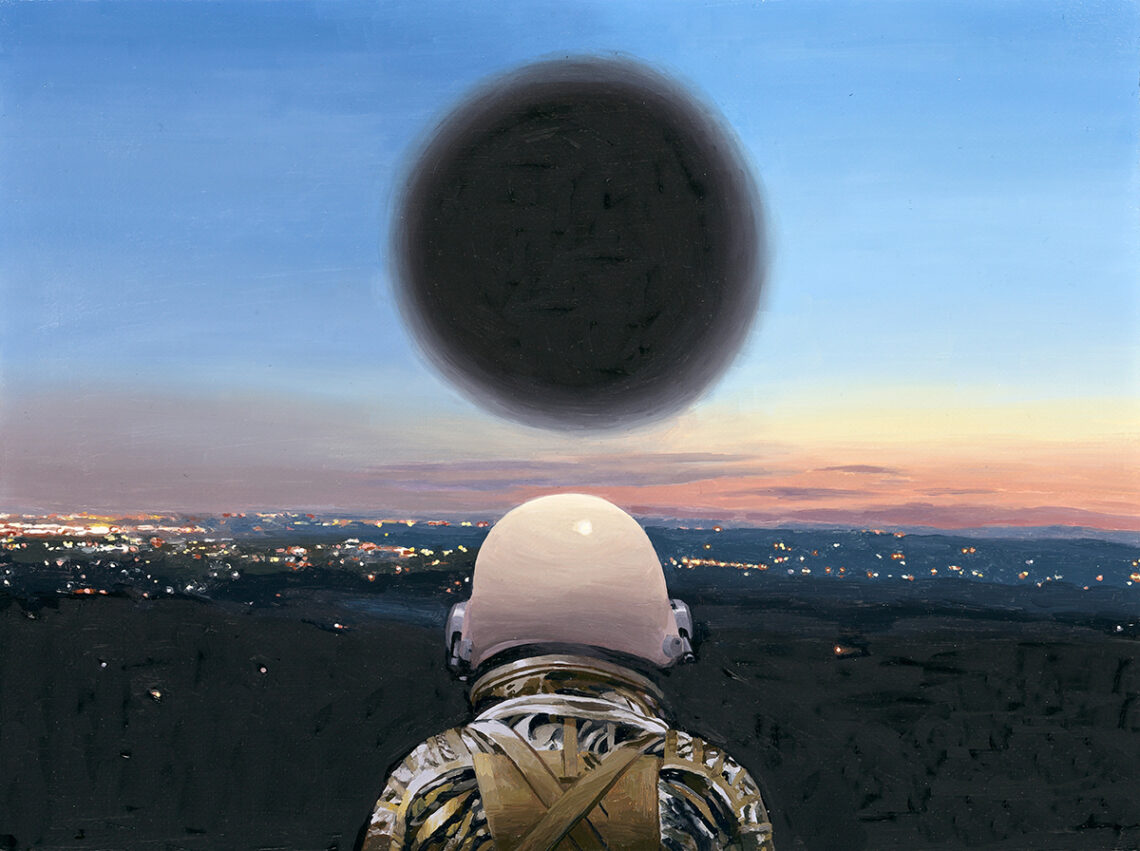Before I scored a job as head nurse of the U.S.S. Enterprise on Star Trek: Strange New Worlds — a sci-fi TV series about our potential utopian future amongst the stars, I didn’t really feel a connection to space in the real world. The thought of it always felt exciting, but abstract and irrelevant to the urgent state of things here on Earth that held my attention.
But that has very much changed. By occupying the unusual cultural intersection that I now do, I’ve noticed that the space industry has more impact on earthbound cultural evolution, politics, climate action and medicine than on anything out there in the infinite, treacherous dark. I’ve learned that the way we venture out into space could reshape humanity’s activities on Earth in a real way; and that that impact is happening now, today, under our feet.
So, now I’m participating in panels on NASA bases. I’ve found myself hanging out in the middle of a venn diagram of art, space and Earth, and I’ve come to feel that the middle of this venn diagram is crucial right now.
With space exploration, we’re at a monumental inflection point that could go one of two ways for humanity. Towards conflict, which is our dominant societal model, or towards cooperation, which is what we need to survive. How we think and act now in this delicate beginning will impact everyone’s future on Earth and beyond.
Our expansion into space has the potential to catalyze a significant evolution in our collective awareness. It’s been described as the ultimate journey from part to whole. In times of social evolution like these, art and storytelling play a crucial role in identity formation.
Artists create visual languages and spaces for people to imagine and participate in new collective identities. As Edward J. McCaughan wrote in “Art and Social Movements: Cultural politics in Mexico and Aztlán”, artists “don’t only reflect ideology, they have the power to create…
Read the full article here

